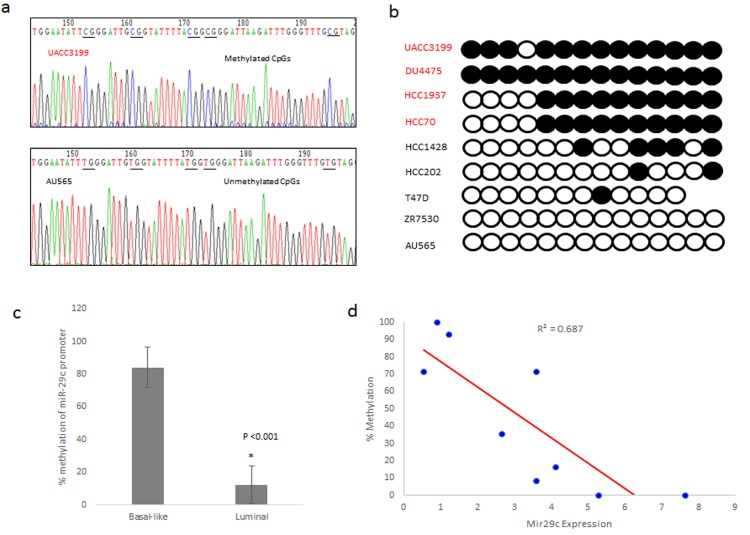Fig 3. Methylation of the miR-29c promoter correlates with expression in basal-like cell lines.
(a) Representative chromatographs of 50 base pairs in the miR-29c promoter after bisulfite treatment. The basal cell line UACC3199 contains cytosines in the sequence because methylation prohibited the effect of bisulfite treatment. AU565 is a luminal cell lines that has unmethylated cytosines in the miR-29c promoter, which results in the conversion of cytosine to thiamine after treatment with bisulfite. (b) Representative bisulfite sequencing analysis for the miR-29c promoter in breast cancer cell lines. Each circle represents a CpG dinucleotide in the promoter region. Methylated CpGs are represented by closed circles, while unmethylated CpGs are represented by open circles. (c) The percent of methylation of the sequenced regions of the miR-29c were averaged by subtype. The basal-like cell lines had a significantly higher percentage of methylation compared to luminal cell lines (p = 0.006). (d) There is an inverse correlation between expression of miR-29c and the percent of methylation of CpG dinucelotides in the promoter. Basal-like cell lines have higher methylation and lower expression, while luminal cell line had less methylation of the promoter and higher expression.

